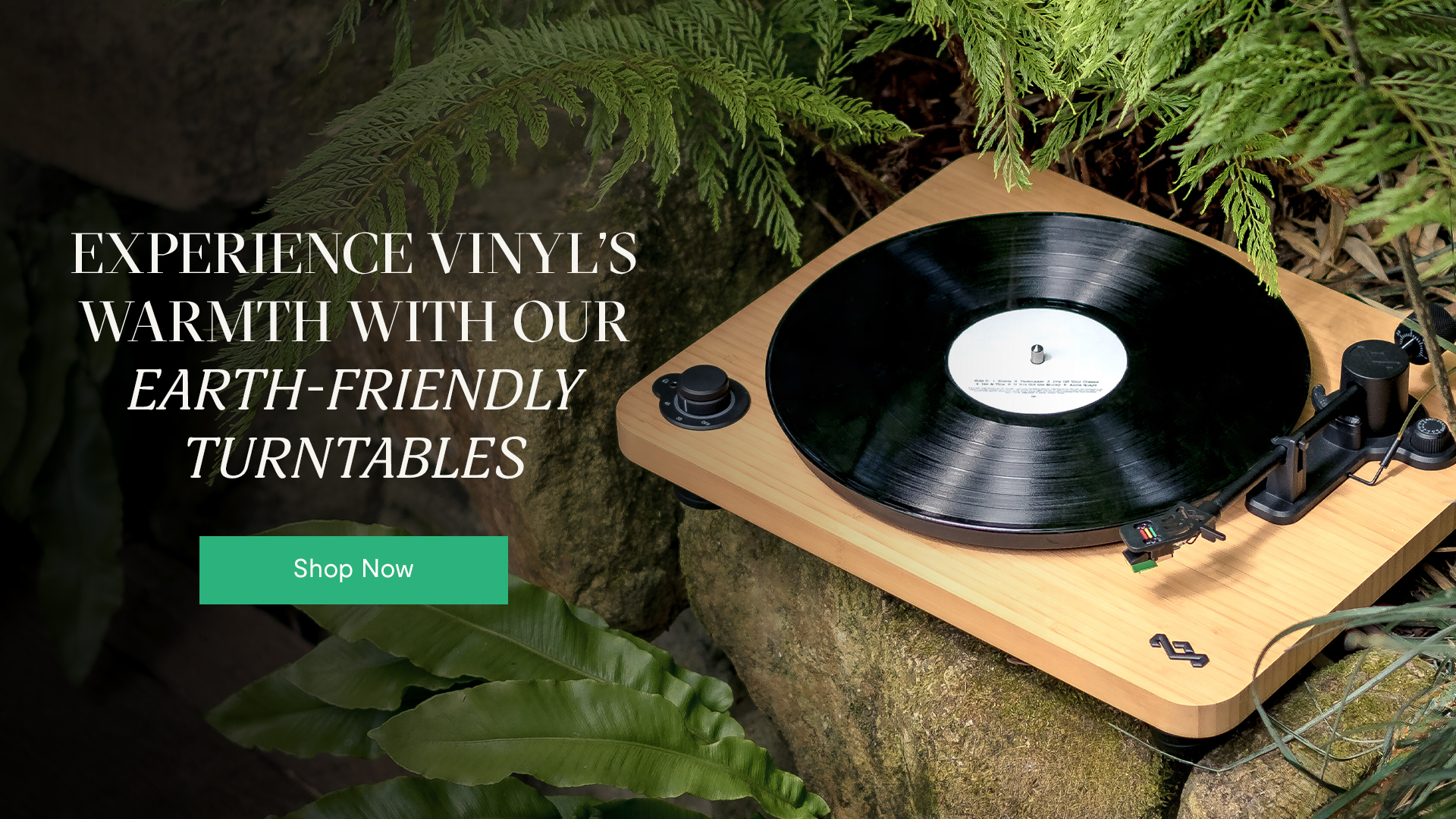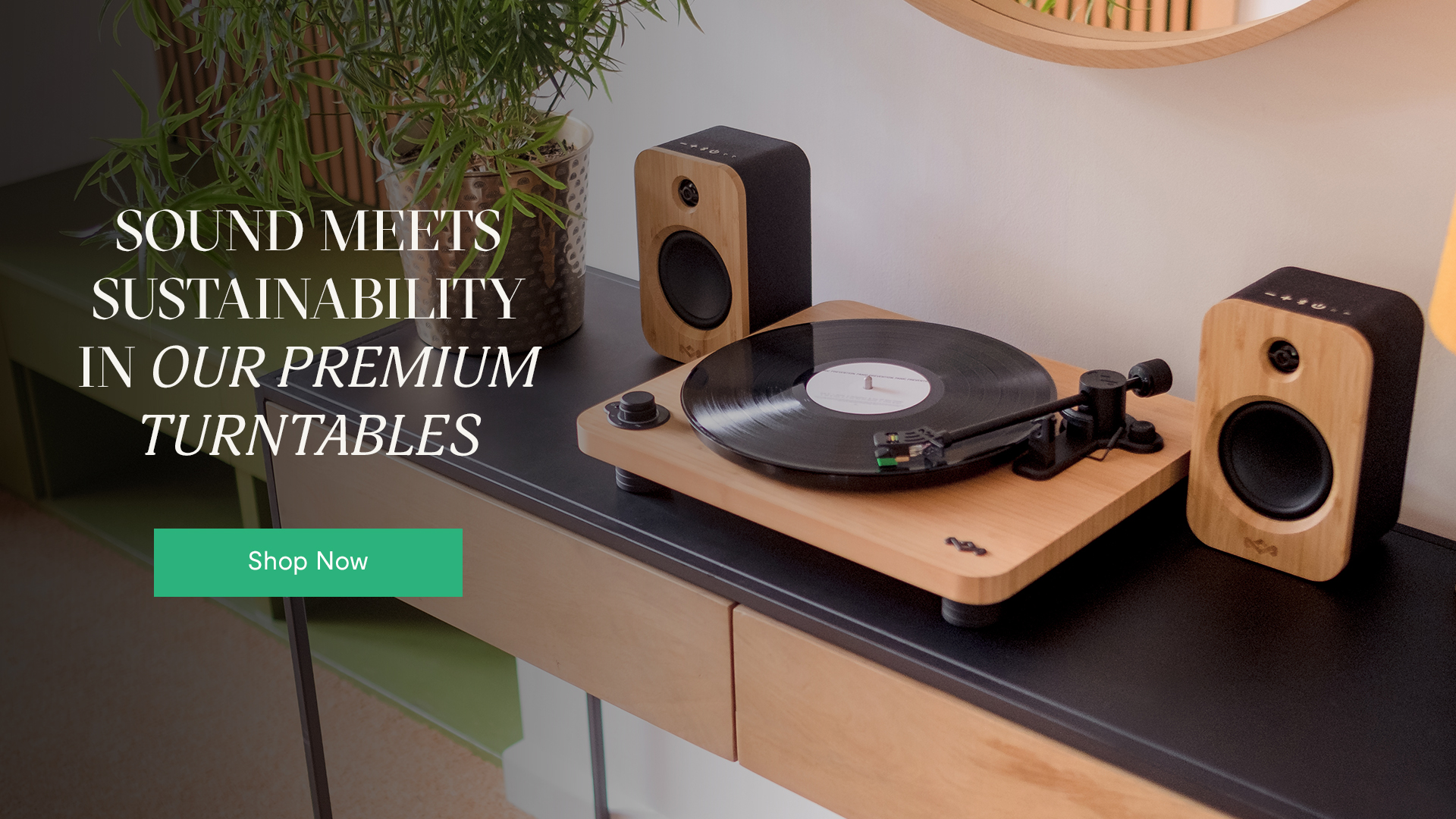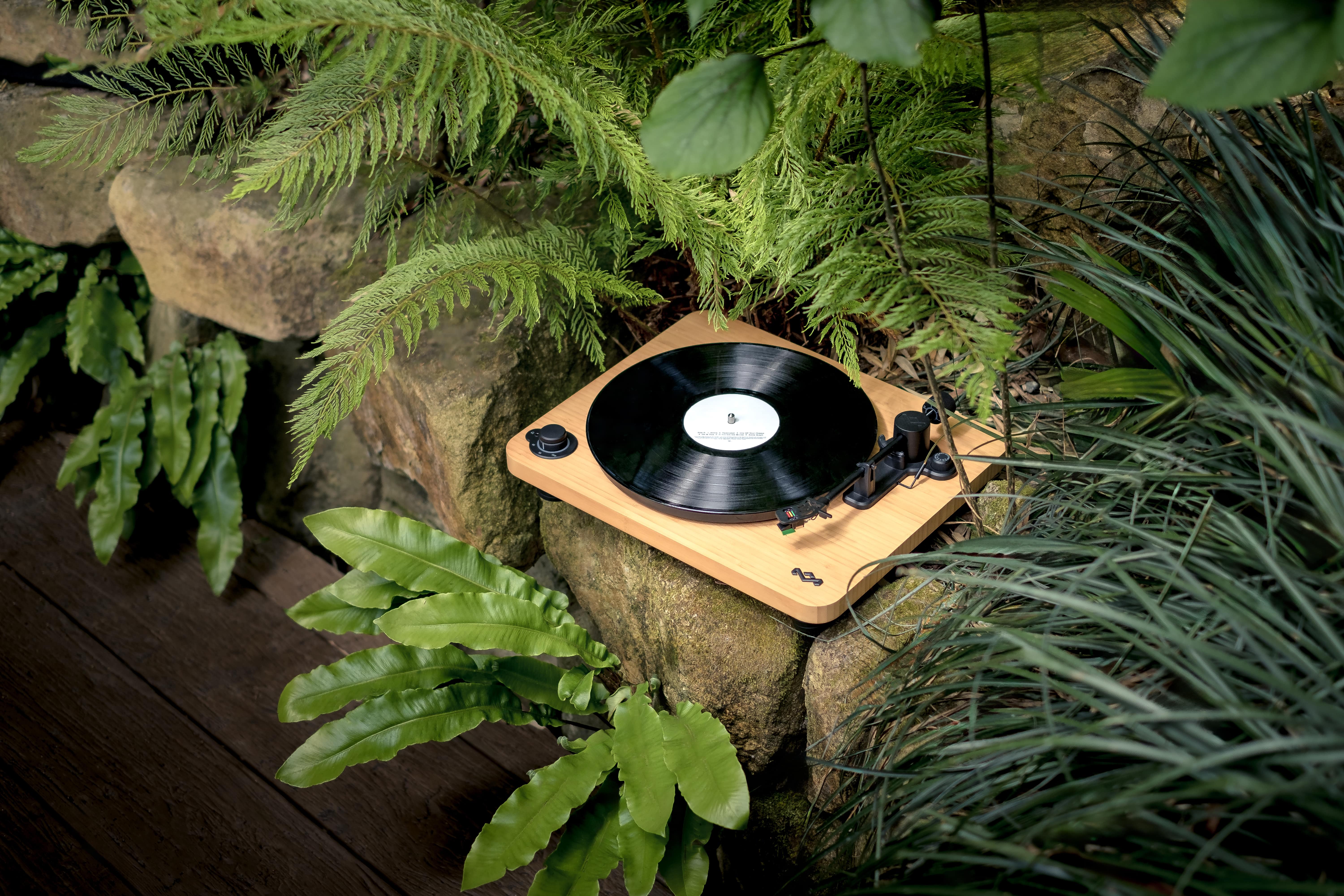Do I Need a Receiver for My Turntable Record Player?
Vinyl records have made a massive comeback, and with them, a plethora of questions about the best ways to enjoy them. One question that often pops up is, "Do I need a receiver for my turntable record player?" If you've been scratching your head (not your records!) over this, let's dive into the nitty-gritty of it all.
What Is a Receiver for a Record Player?
In the grand orchestra of audio equipment, think of the receiver as the conductor. It's the part of a record player that takes the audio signal from your turntable, amplifies it and then sends it to your speakers. In essence, it's the middleman ensuring that the sweet sound of your vinyl reaches your ears in the best possible quality.
But why the name "receiver"? Well, traditionally, it was a term used because these devices could "receive" radio signals. Modern receivers, especially those with a phono input, are tailored to work with turntables, ensuring that the delicate phono signal from your record player is amplified correctly.

Do I Need a Receiver for My Turntable?
The short answer is: it depends if you need a receiver for your record player. Not all turntables are created equal, and the need for a receiver hinges on the type of turntable, like belt drive vs direct drive, and speaker setup you have.
Pros of Using a Receiver
Enhanced Sound Quality
A quality receiver can significantly boost the sound quality of your vinyl records. It ensures that the audio signal is amplified and equalized correctly, giving you that rich, warm sound that vinyl enthusiasts love. Additionally, a good receiver can help to reduce noise and distortion, resulting in a more accurate and immersive listening experience.
Versatility
Modern receivers come packed with features. From multiple input options, allowing you to connect various devices, to built-in streaming services and radio tuners, a receiver can be the Swiss Army knife of your audio setup. Furthermore, many receivers also offer HDMI connectivity, making it easy to integrate them into your home theater system.
Surround Sound Capabilities
For those looking to immerse themselves fully, many receivers offer surround sound capabilities, like Dolby Atmos, transforming your listening experience. With a surround sound system, you can feel like you're right in the middle of the action, whether you're watching a movie or listening to your favorite music.
Power
Receivers provide more power than most active speakers, so you can enjoy your music at higher volumes without distortion. They can also drive larger and more demanding speakers, giving you more flexibility in your system design. For example, if you have a large room or want to create a home theater system, a receiver is essential.
Control
Receivers come with remote controls, so you can easily adjust the volume, change inputs, and control other features from your listening position. Many receivers also have advanced control features, such as room correction and equalization, which can help you optimize the sound quality for your specific room and listening preferences. For example, a receiver can help you to compensate for the acoustic properties of your room, resulting in a more balanced and accurate soundstage.
Upgradability
Receivers are typically more upgradeable than active speakers, so you can add new features and functionality as your needs change. For instance, if you want to add surround sound capabilities or upgrade to a new audio format, such as Dolby Atmos or DTS:X, you can simply upgrade your receiver without having to replace your entire speaker system. Additionally, many receivers come with pre-outs, which allow you to connect external power amplifiers to your system. This gives you the flexibility to upgrade to a more powerful amplifier in the future, without having to replace your entire receiver.
Cons of Using a Receiver
Cost
Quality comes at a price. High-end receivers can put a dent in your wallet, especially if you're looking for a model with all the latest features and technologies. A high-end receiver with Dolby Atmos and DTS:X support, for instance, can cost upwards of $1,000. Additionally, the cost of a receiver can add up quickly if you need to purchase additional cables and accessories, such as speaker wire and banana plugs.
Space and Complexity
Receivers can be bulky, especially if you're looking for a model with a lot of power and features. This can be a problem if you have limited space in your entertainment center or listening space. Additionally, receivers can be complex to set up and configure, especially for those who are not familiar with audio equipment. This can be a daunting task for audio newbies, and it's important to read the owner's manual carefully before getting started.
Overkill for Casual Listeners
If you're just looking to spin some records now and then, investing in a receiver might be overkill. A receiver can be a great investment for audiophiles and serious music listeners, but it's not necessary for everyone. For casual listeners, a simple turntable setup with built-in speakers or a powered amplifier may be more than enough.
Heat Generation
Receivers can generate a lot of heat, especially when they're being driven at high volumes. This can be a problem if you have your receiver in a confined space, such as a cabinet. It's important to make sure that your receiver has adequate ventilation to prevent it from overheating.
Power Consumption
Receivers can also consume a lot of power, especially when they're in use. This can add to your energy bill, especially if you use your receiver frequently. If you're concerned about power consumption, look for a receiver with an energy-saving mode.
How to Connect a Record Player to Speakers Without A Receiver
If you're keen on bypassing the receiver, fear not; there are ways to do it. One of the most straightforward methods involves using powered speakers, which come with built-in amplifiers.

Using Powered Speakers
Powered or active speakers have become increasingly popular, especially among the urban crowd with limited space. The beauty of these speakers is that they have amplifiers built right in. This means you can connect them directly to devices that output a line-level signal, like a turntable with a built-in preamp.
Speaking of which, the Stir it Up Get Together Bundle from House of Marley is a match made in audio heaven. This turntable and speaker bundle seamlessly integrates a turntable and powered speaker, ensuring you get top-notch sound quality without the need for an external receiver.
Using a Turntable with Built-In Speakers
Do record players need speakers? It depends, as some turntables come equipped with built-in speakers. While they might not offer the same sound quality as a dedicated audio setup, they're perfect for those who want a plug-and-play solution. As mentioned, House of Marley offers a variety of speaker and turntable bundles to provide you with a superior listening experience at a lower cost.
Alternatives to Using an External Receiver
If you're looking to bypass the traditional receiver route, there are several alternatives to consider:
- Integrated Amplifiers: These devices combine a preamp and power amplifier into one unit. If your turntable doesn't have a built-in preamp (what is a preamp for a turntable?), an integrated amplifier with a phono stage can be a great choice.
- Soundbars: Modern soundbars, especially those with multiple input options, can be connected directly to turntables with built-in preamps.
-
Bluetooth and Wireless Speakers: With the rise of wireless technology, many turntables, like the Stir It Up Wireless Turntable, come with Bluetooth capabilities, allowing you to connect them to Bluetooth speakers or headphones.

Discover House of Marley Turntables
House of Marley isn't just another brand in the vast sea of audio equipment. With a strong commitment to sustainability and superior quality, our products stand out. Whether you're eyeing the Stir It Up Turntable or its wireless sibling, the Stir It Up Wireless Turntable, you're in for a treat.
In conclusion, the need for a receiver largely depends on your specific turntable setup and audio preferences. While receivers offer a range of features and can enhance sound quality, there are plenty of alternatives for those looking for a simpler or more compact solution. Whatever path you choose, with a quality turntable like those from House of Marley, you're sure to enjoy every beat, groove, and note of your vinyl records.
